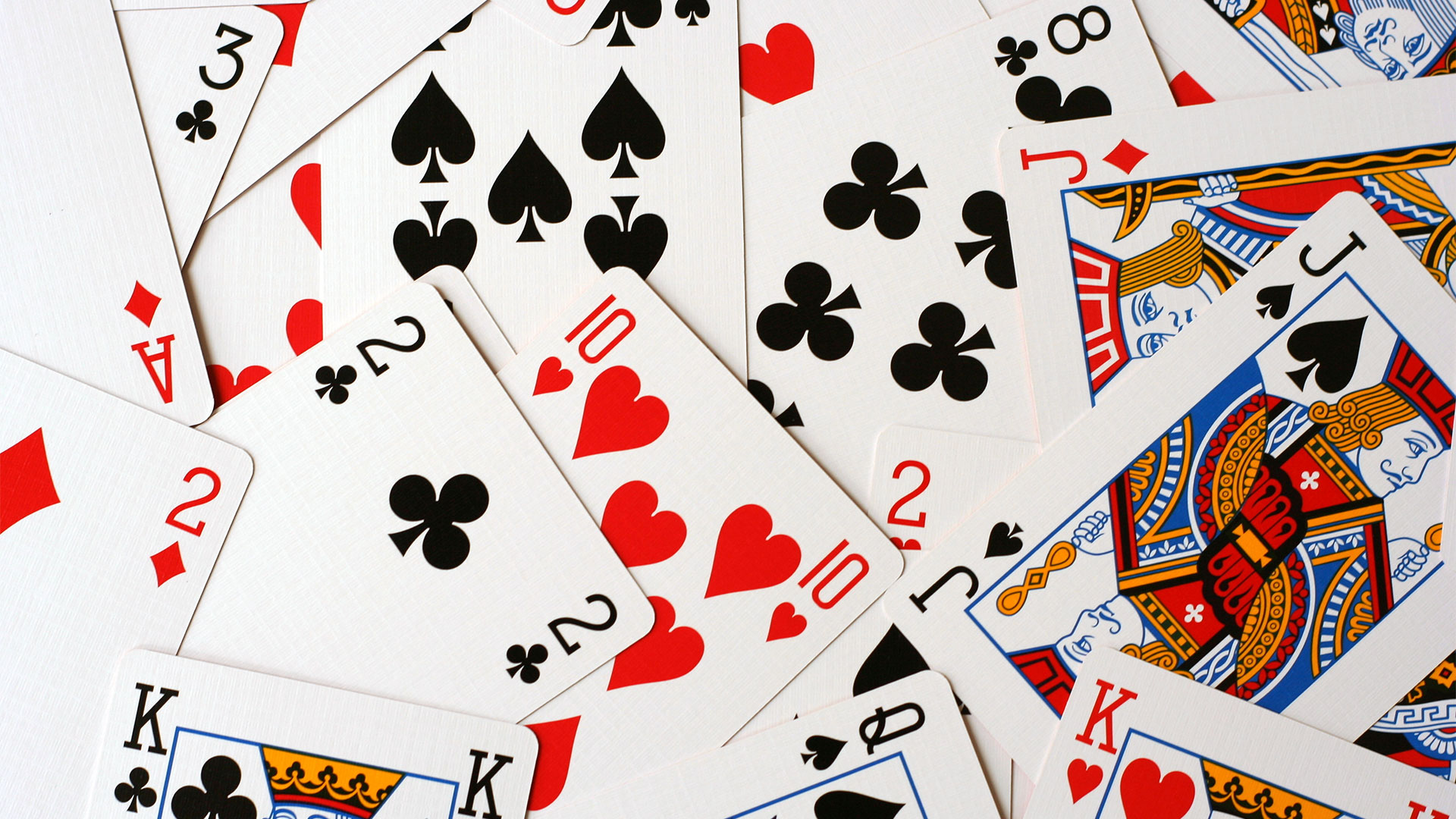
The ostensibly sedate world of bridge has been rocked after the world’s top bridge player was banned and stripped of a clutch of medals he won in 2018 after failing a drugs test.
Classic popular board and card games tend to have a distinct image associated with them. So professional poker experts are cool, cold-eyed high rollers and chess masters tormented, ultra-high IQ geniuses, and often celebrated as such in films and in books.
Bridge, a card game which usually involves four players sat around a table, doesn’t quite have the allure of poker and chess. Fairly or unfairly, it has developed a reputation for being, well, boring and incomprehensible. So it has been a shock to many that the game has become caught up in a doping scandal.
For Norwegian Geir Helgemo, the world’s number one bridge player, has been handed a one-year ban after testing positive for synthetic testosterone and a female fertility drug at a competition last year. As a result, he will not be able to compete in events until November 2020 and has also had all titles, medals and points from the 2018 World Bridge Series event revoked.
According to Sky News, Bridge players are subject to the same anti-doping rules as other Olympic sports and the World Bridge Federation is recognised by the International Olympic Committee and follows World Anti-Doping Agency (Wada) rules. Helgemo, who represents Monaco in bridge events, accepted he had breached anti-doping rules.
The president of the Norwegian Bridge Federation, Kari-Anne Opsal, however has sprung to his defence, insisting the drugs he used were “not performance-enhancing”.
In a statement on the federation’s website, she said: “Geir Helgemo…has previously played for the Norwegian national team and is our biggest star. Many within the bridge community know Geir and respect him.
“It is his responsibility not to take substances that are on the doping list, even though in this instance they are not performance-enhancing in bridge.
“I feel for Geir in this situation and hope he will come back stronger after November 2020 when his ban ends.”
It is not the first time, however, that the world of bridge has collided with that of prohibited drugs. In 2015, The Daily Telegraph reported that 3.6% of bridge players were caught with prohibited substances in their bodies, along with 1.1% of billiards players and, more surprisingly, 10.6% of anglers. Away from drugs, two bridge world champions were found guilty in 2014 of cheating by exchanging coded signals via coughs.